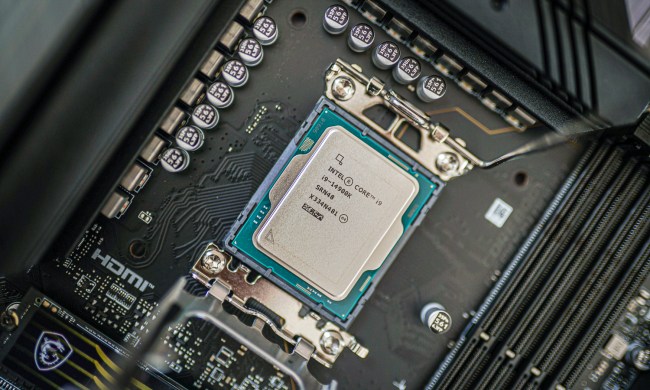Hydrogen sulfide, known as sewer gas because it is emitted by manure and sewer pipes, is not only unpleasant to smell but is also poisonous and corrosive, and needs to be removed from products like natural gas. But now, researchers have found a way to convert this foul-smelling, dangerous sewer gas into useful fuel.

“Hydrogen sulfide is one of the most harmful gases in industry and to the environment,” said Lang Qin, a co-author on the study and a research associate in chemical and biomolecular engineering at The Ohio State University. “And because the gas is so harmful, a number of researchers want to turn hydrogen sulfide into something that is not so harmful, preferably valuable.”
To do this the researchers used a process called chemical looping, which uses a solid material to break down a chemical reaction into many smaller sub-reactions — in this case, using metal oxide particles to circulate oxygen to burn fuel. This process has been used previously to burn fossil fuels like coal without emitting carbon dioxide, and now the team has found a way to apply the same principle to converting hydrogen sulfide. This can be used to create hydrogen, which has many uses including as fuel.
“It is too soon to tell if our research can replace any of the hydrogen fuel production technologies that are out there,” said Kalyani Jangam, lead author of the study and a graduate student in Ohio State’s Clean Energy Research Laboratory. “But what we are doing is adjusting this decomposition process and making a valuable product from that.”
For now, the process has only been demonstrated in the lab, so the next step is to find out if it works on a larger, industrial scale. If so, it could provide a new way both to neutralize harmful gas and to create a useful product.
“The big picture is we want to solve the harmful gas issue, and we thought that our chemical looping process would allow that,” Qin said. “And here, we have found a way to do it in the lab that creates this value-added hydrogen fuel.”
The research is published in the journal ACS Sustainable Chemistry & Engineering.


